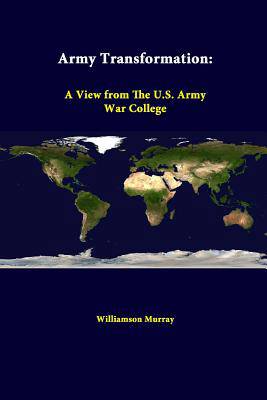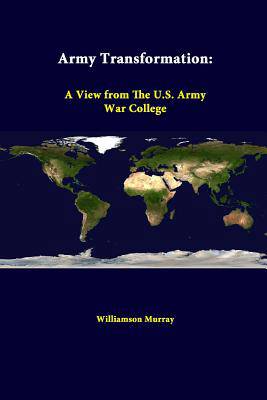
- Afhalen na 1 uur in een winkel met voorraad
- Gratis thuislevering in België vanaf € 30
- Ruim aanbod met 7 miljoen producten
- Afhalen na 1 uur in een winkel met voorraad
- Gratis thuislevering in België vanaf € 30
- Ruim aanbod met 7 miljoen producten
Zoeken
€ 37,45
+ 74 punten
Omschrijving
As the United States enters a new century, its army confronts the difficult problems associated with transformation in an uncertain world. Moreover, the strategic environment makes it entirely unclear where, or when, or for what strategic purposes U.S. ground forces will find themselves committed to battle in coming decades.1 Yet, both the strategic environment as well as the harsh lessons of the past have a direct bearing on why the Army has begun the processes of transformation.2 The study of the past cannot lead to prediction as to the nature and conduct of war in the 21st century, but it does underline that sometime in the future the Army will find itself committed to a major conflict. Moreover, the nature of the current strategic environment suggests the parameters within which the future Army will have to operate. Finally, history is crucial to understanding what factors and approaches might best prepare the Army to meet future threats.
Specificaties
Betrokkenen
- Auteur(s):
- Uitgeverij:
Inhoud
- Aantal bladzijden:
- 318
- Taal:
- Engels
Eigenschappen
- Productcode (EAN):
- 9781312376236
- Verschijningsdatum:
- 22/07/2014
- Uitvoering:
- Paperback
- Formaat:
- Trade paperback (VS)
- Afmetingen:
- 152 mm x 229 mm
- Gewicht:
- 467 g

Alleen bij Standaard Boekhandel
+ 74 punten op je klantenkaart van Standaard Boekhandel
Beoordelingen
We publiceren alleen reviews die voldoen aan de voorwaarden voor reviews. Bekijk onze voorwaarden voor reviews.











